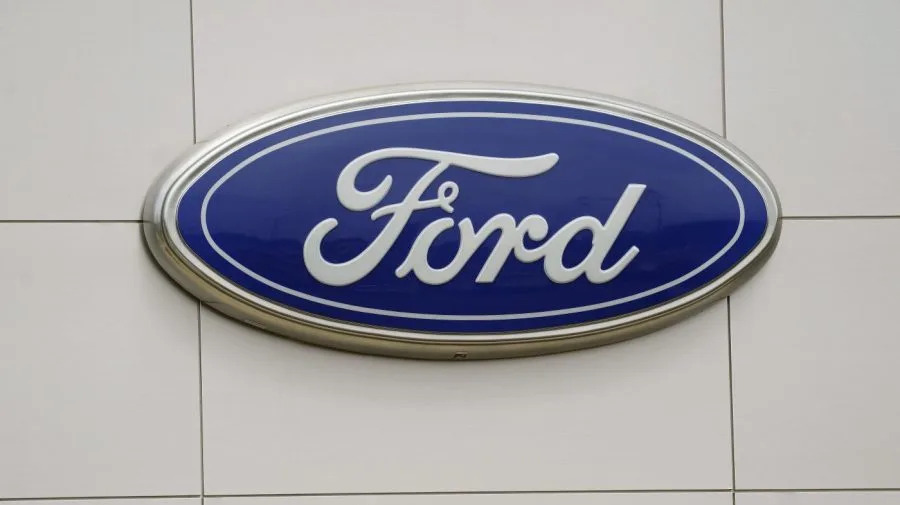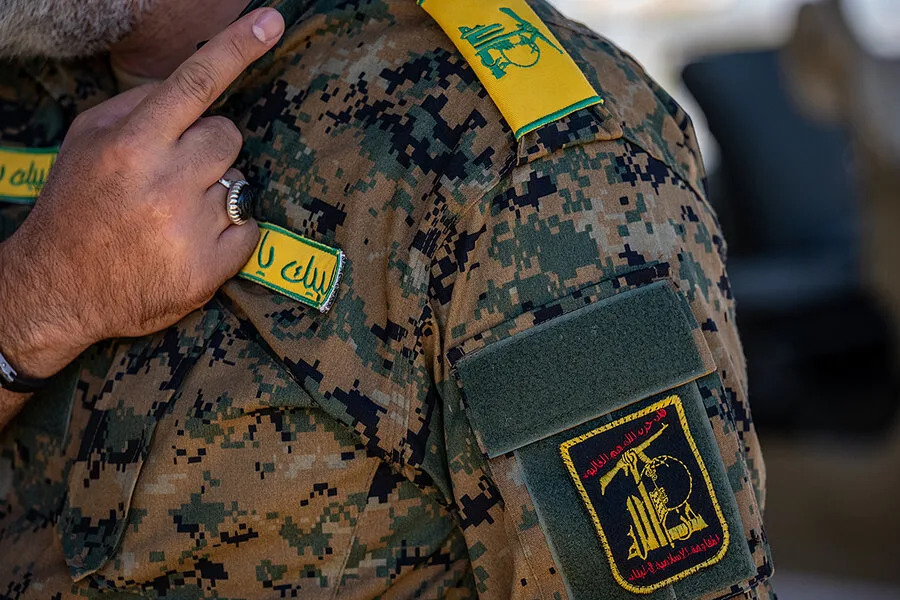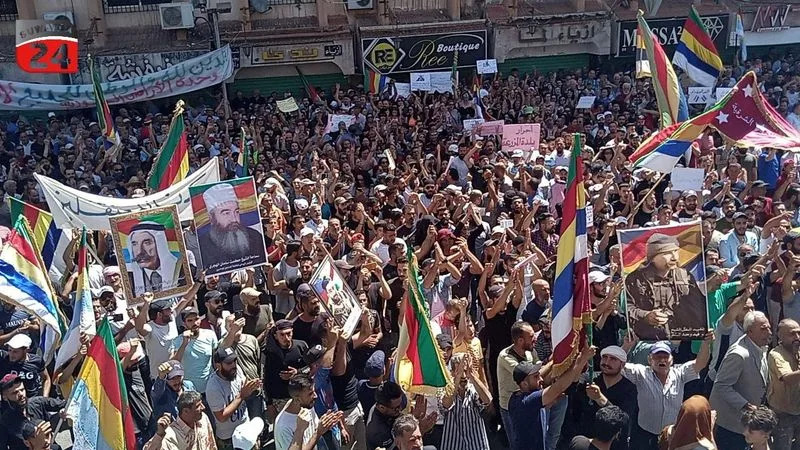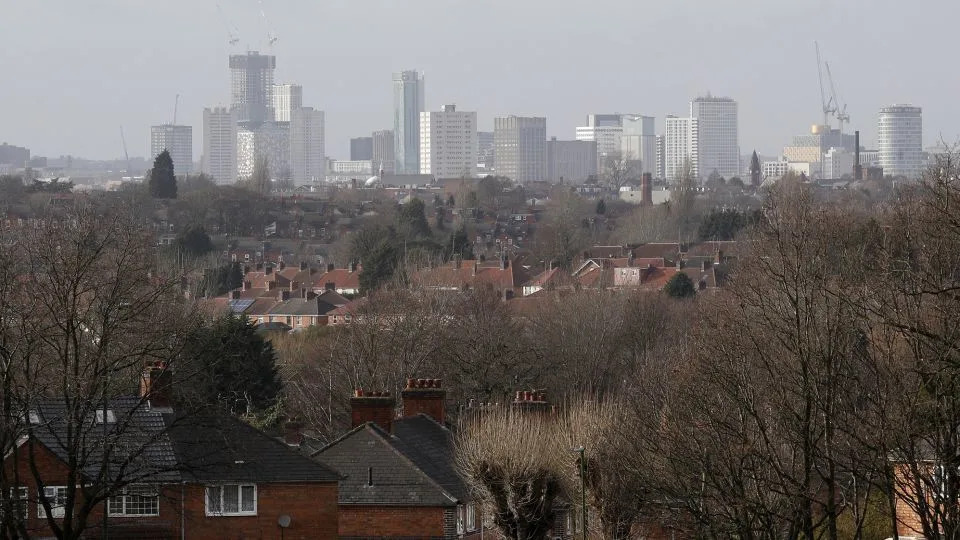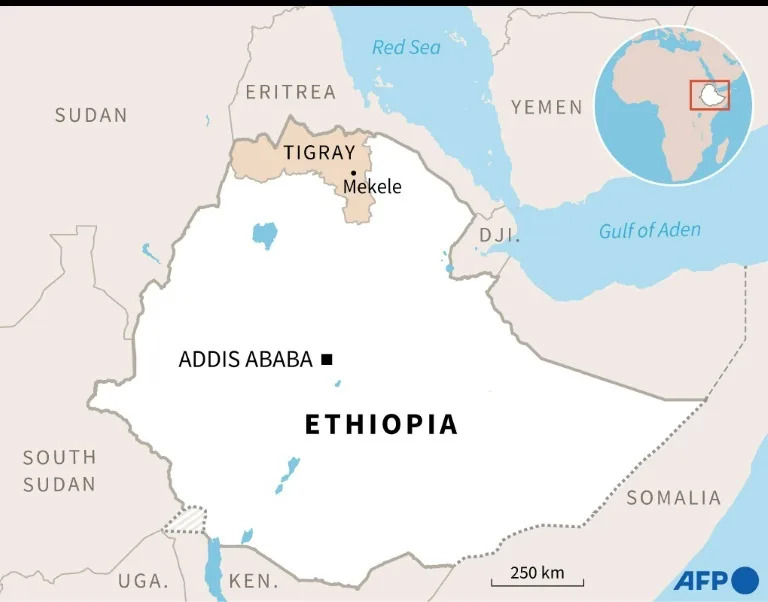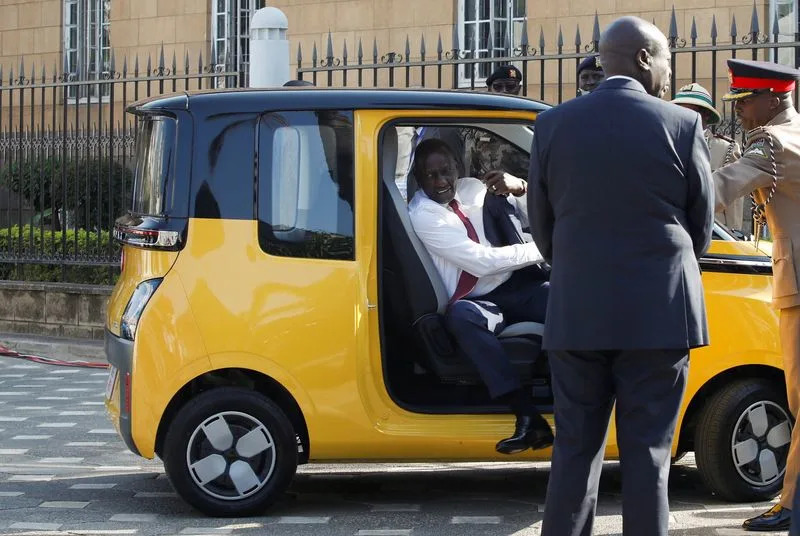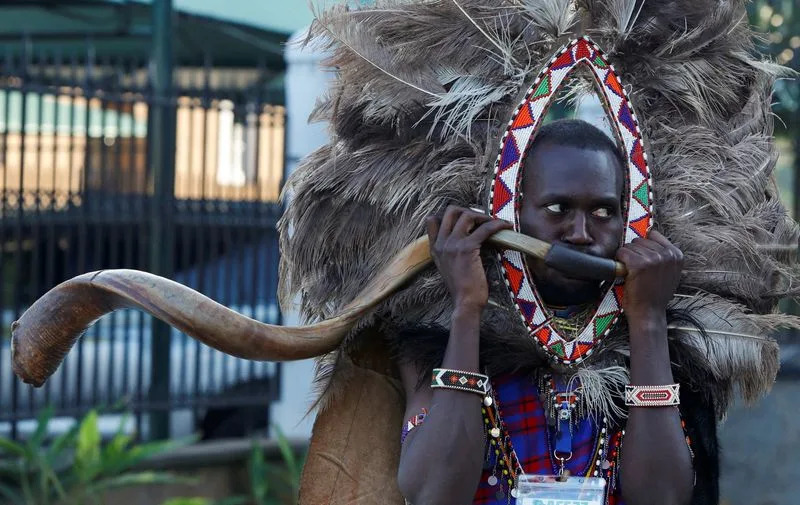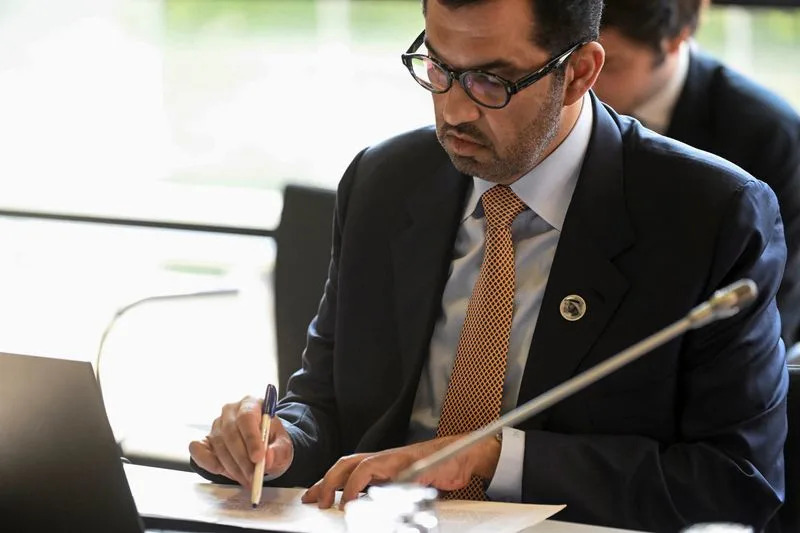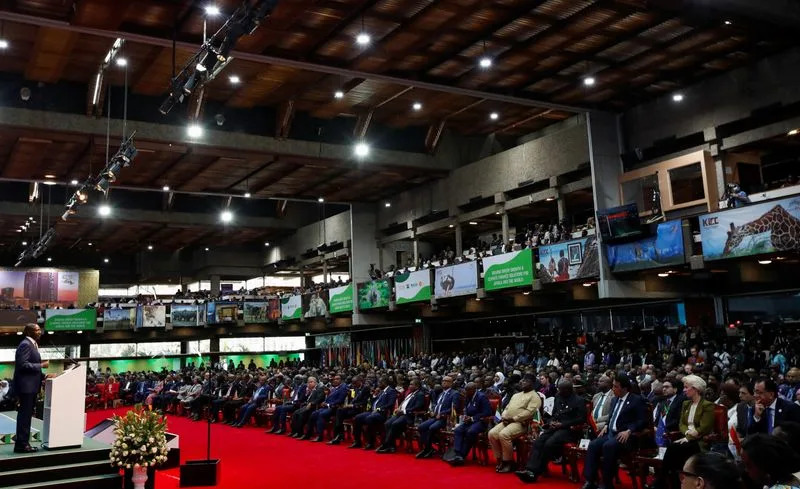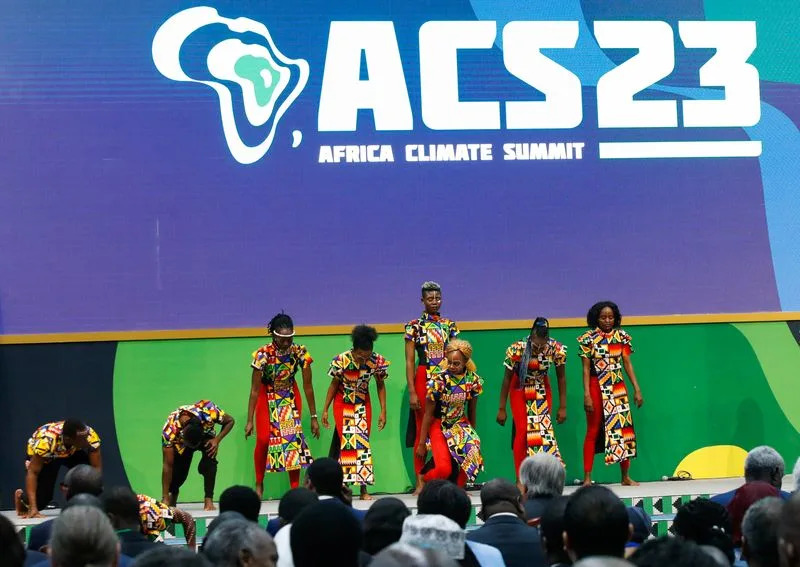Eric D. Lawrence, Detroit Free Press
Thu, September 7, 2023
That’s the answer Mike Rouse gives when asked about the biggest issue for him during this contract fight between the UAW and the Detroit Three.
Perhaps it’s understandable.
New product to build at the Trenton Engine Complex might mean Rouse, 52, of Southgate, can stay put and eventually retire from the plant south of Detroit.
In his 24 years with Stellantis and its predecessor companies, Rouse, who works in the machine shop, has moved around, from Trenton Engine to Warren Truck to Belvidere Assembly, back to Trenton, out to Sterling Heights Assembly Plant and back again to Trenton, where he’s been since 2012.

Members from UAW Local 372 who work at the Stellantis Trenton Engine Plant in Trenton listen to speakers inside the union hall before they marched across the street to the plant to rally and protest on Thursday, September 7, 2023.
Moving so much is challenging in many ways, according to the U.S. Army veteran.
“It’s hectic. It’s stressful. It’s trying on everyone. You’re going into a new environment,” he said.
Rouse’s concerns about securing new product for the Trenton Engine Complex were shared by many of his union brothers and sisters in a crowded Local 372 hall on Van Horn Road on Thursday as they rallied, cheering and clapping thunderously at times, before marching to one of the plant gates. Union officials and politicians, including U.S. Reps. Debbie Dingell of Ann Arbor and Rashida Tlaib of Detroit, both Democrats, added their voices in a rousing call to fight for the future of the plant complex they called the “heart of Downriver.”
Outside, cars, trucks and even a motorcycle honked in support as Dave Gerbi, the local president, led a familiar chant, “We are the union. Mighty, mighty union.”

Melissa Holman of Local 372 joins in with others chanting a rallying cry in front of the Stellantis Trenton Engine Plant in Trenton on Thursday, September 7, 2023. The workers want a fair contract and listen to speakers from politicians to UAW leaders.
The complex is made up of two plants, north and south, but only the south side is currently producing engines, on two shifts. The north side was decommissioned within the last year and now serves as a warehouse, with about 140 nonunion workers, Gerbi said.
Trenton South builds the 3.6-liter V-6 Pentastar Classic used for the Dodge Charger, Challenger and Durango; the Chrysler 300; the older version of the Ram 1500 pickup, referred to as the Classic, and the Ram DX Chassis Cab for the Mexican market, according to a company website, which noted that a Pentastar Upgrade engine for the Chrysler Pacifica minivan built at the north plant was to be transitioned to the south plant when the north plant was decommissioned. About 760 workers — 630 hourly and 130 salaried — were employed there as of December.
More: UAW members practice picketing: As deadline nears, autoworkers are 'ready to strike'
The complex, which has been producing engines since 1952, has turned out about 45 million engines. But next year, the number that’s slated to be produced, about 137,000 engines, won’t be enough to warrant two shifts, Gerbi said, noting the frustration and potential loss for the workforce unless that changes.
“We are the best in the U.S. as far as quality. We build the best damn engines,” he said.
While much of the attention during these contentious contract talks between the United Auto Workers union and Ford Motor Co., General Motors and Stellantis (owner of Jeep, Ram, Chrysler, Dodge and Fiat), has focused on issues such as wage tiers and cost-of-living adjustments, the plight of this engine plant highlights another key focus for the union. It’s the need to secure a new engine to keep the plant operating into the future and the workers employed, which echoes the need in Belvidere, Illinois, to secure a new vehicle for the idled assembly plant there.
The company has pointed to the ongoing negotiations in regard to questions about product assignments as well as the cost of the electric vehicle transition, which was the reason given when the announcement was made late last year that Belvidere would be idled.
More: Stellantis wants to move Ram truck production from Michigan to Mexico, UAW leader says

Rich Boyer, a UAW vice president and director of the UAW-Stellantis department talks with members inside UAW Local 372 across the street from the Stellantis Trenton Engine Plant in Trenton on Thursday, September 7, 2023.
Stellantis spokeswoman Ann Marie Fortunate provided a statement, when asked about the concerns raised at the rally, once again highlighting the role of negotiations in product allocation decisions:
“Our focus continues to be on bargaining in good faith to reach a new agreement that balances the concerns of our 43,000 employees with our vision for the future. Product allocation for our U.S. plants will depend on the outcome of these negotiations as well as a plant’s ability to meet specific performance metrics including improving quality, reducing absenteeism and addressing overall cost.”
Talks continued Thursday ahead of the expiration of contracts at 11:59 p.m. Sept. 14. Rouse, the Trenton worker, said he’s already gotten his strike assignment in the event workers are on the picket line next week.
Stellantis is expected to deliver its first counteroffer on Friday. On Thursday, GM made its first counter, which UAW President Shawn Fain panned, and Ford was set to deliver its second offer.

John Beattie of Local 212 listens with other members while holding up a sign during a rally and march at UAW Local 372 across the street from the Stellantis Trenton Engine Plant in Trenton on Thursday, September 7, 2023.
Timothy Lucas, 58, of Woodhaven, who has 27½ years in as a toolmaker at the plant, said he expects a strike, given that, as of Thursday, Stellantis hadn’t yet offered a counterproposal to the union's demands.
Nobody wants a strike, he said, but sometimes, “you’ve got to bite the bullet. We’re fighting for the future.” Ending tiers is Lucas’ top priority.
Leyah Jefferson, 56, of Romulus, who has more than three decades of seniority with the company and works in head sub assembly and is also a repair person, said that “preferably, we don’t have to strike.”
She sees a win for the workers in talks as a win for the company, too.
Jefferson said she’s “looking for a happy medium.”





